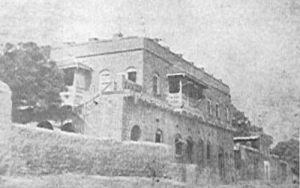
The Shirdi Sai Baba movement began in the 19th century, while Sai Baba himself was living in Shirdi. A local Khandoba priest, Mhalsapati Nagre, is believed to have been his first devotee. In the 19th century, Sai Baba’s followers were only a small group of inhabitants of Shirdi, and a few people from other parts of India.
Because of Sai Baba, Shirdi has become a place of importance and is counted among the major Hindu places of pilgrimage. The first Sai Baba temple is situated at Kudal, Sindhudurg. This temple was built in 1922. It is believed that Sai Baba gave one Rupee to Dada Madye ji with which he built the temple in Kudal. Today, The Sai Baba Temple in Shirdi is visited by an average of 25,000 pilgrims a day, and during religious festivals, this number can reach up to 100,000.
An Early Samadhi?
Some sources give accounts of Sai Baba leaving the body for three days in 1886. The Police Officers conducted an inquest and wanted the corpse to be buried. Mhalsapathi declined to take action, as he had been instructed to wait for three days. Sri Sai Satcharita narrates:
Increasing visitors and the future
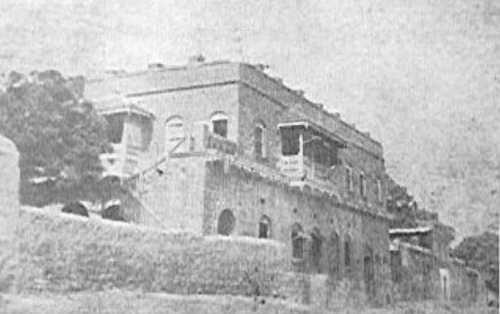
Sai Baba began to get an increasing number of visitors after 1890. His fame began to spread and his darbars (sessions in the masjid) began to absorb more of his time. Sai Baba made one prediction about what would happen in the village of Shirdi in the future:
There are numerous episodes in which Baba is said to allow or inspire marriage plans. He advised most of this devotees to lead a normal family life, discouraging “mystical flights” and condemning ascetic excesses. Indeed, very few were the persons whom he encouraged to take to the path of renunciation, i.e., sanyas.
Relations in the Village
One man came, his name was Abdul. He is in some photographs looking very similar to Sai Baba in face, and in dress. He used to carry water to the lendl for Sai Baba. He was a Muslim, and read the Koran. Abdul kept one set of notes. Sai Baba often discussed the Koran with him and asked him to recite the Koran itself. In Abdul’s notebook, there were prayers in it from Baba to the Indian God Maruti (a Marathi name for Hanuman). There were also recitals of Avatars of Gods dovetailing Mahommed and the Dasa (Ten) Avatars. … The Maruti temple is next to the Dwarakamai, and on his way from the mosque to the chavadi, Baba had to pass in front of Maruti, (some 20 yards off). Baba would then get Avesha (possessed) and it would take four men to check him. When asked the reason, Baba said that his parents had dedicated him to Maruti, and so he was telling Maruti: “I am your brother”.
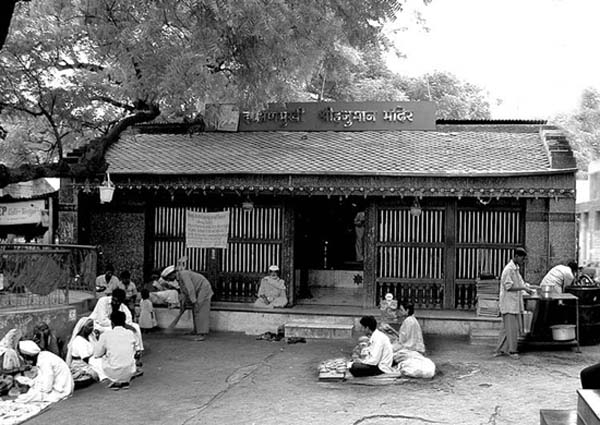
One incident happened which was forever to change the villagers relations with Sai Baba. This was the act of turning water into oil. In the evenings, Baba would usually beg water from the shopkeepers, in order to illuminate the interior of the mosque. Indeed, both Hindu and Muslim temples are required to be illuminated at night and be accessible to pilgrims at all times. So one night, Sai Baba stepped out of the masjid in order to beg for his oil:
Baba reproached them for not having told the truth, since falsehood offends God, who is truth (sathya). Moreover, he pointed out how mean and asocial their refusal of giving oil had been, since light was necessary for entering the mosque. He also scolded them for having followed him with the aim of making fun of him.
However, it is not miracles that bring people to the saint? It is problems. One young man, his marriage being settled, told Baba he had no jewels. Baba told him, “Who is whose? Who gives? Who receives? None will receive timely help. If you need Rs 1000 or Rs 2000, receive it from me. Later on, that young man was able to lent Rs 2000 worth of jewels for payment of Rs 25 in cash.
Baba was very cordial with the young man, indicating that in addition to spiritual riches, material riches were also at his disposal. The questions that Baba posed were seeds of important spiritual teachings aimed at awakening the mind to critical existential issues. “Who is whose? Who gives? Who receives?” are questions that the seeker must consider in order to be free from unhappiness and the round of birth and rebirth. In similar situations we hear of Baba asking his devotees to mediate on the fundamental questions of “Who am I? and Who are we?”. These questions start the seeker along the path of self-enquiry, which leads to self satisfaction, which leads to self confidence, which leads self-realisation. The three paths of devotion, wisdom and enquiry, and action are highlighted in Baba’s questions.
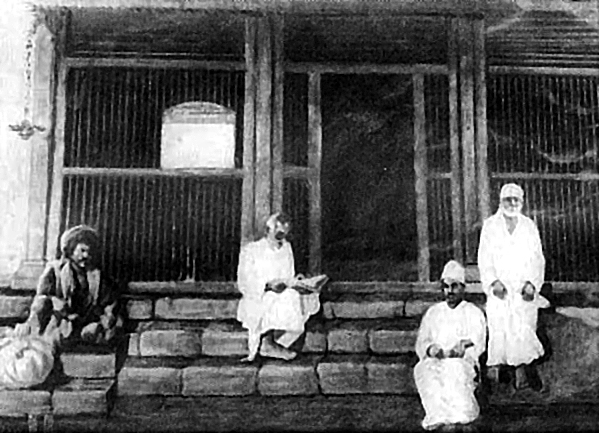
There are many narratives about the omniscience of Sai Baba of Shirdi. Omniscience, omnipotence, and omnipresence are characteristic of divine personages, godmen, mahapurushas, mahatamas and the like.
“He is a fakir who lives in a mosque in Shirdi”, Shevde explained. “He is a great saint. Besides, he is unique. Unless you have accumulated a great store of merit in your earlier lives, you can’t even meet him. I believe in him because whatever he’s told me has always come true. He has assured me that I will pass the exams and so I am confident that I will.” Sapatnekar laughed at Shedve.
Of course, the boy passed the examination.
Baba discouraged extreme asceticism and fasting. He himself never fasted and sometimes forced his devotees to follow his example. He instructed them to eat in moderation, avoiding all extremes. Once, he said, “Do not get over-ascetic by giving up all food, play and exercise. Rather, regulate your meals, rest, etc.”
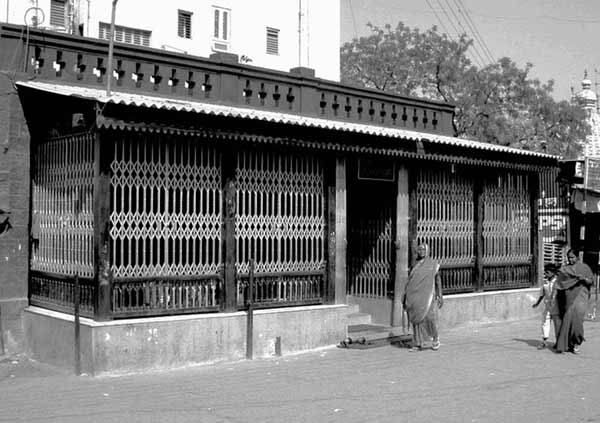
–G. S. Khaparde (Shirdi Diary)
Chavadi means village meeting place, office, or court and was the place where taxes were collected, village records kept, disputes settled by the village heads, and visiting officials put up. After Baba’s mahasamadhi the Sansthan acquired the Chavadi, and until the late 1930s, used it for storing books and accommodating pilgrims. The village offices have long been relocated and the Chavadi is kept as a shrine to Baba and is open to all.
Who are you?
Individual worship of Sai Baba slowly transformed to communal worship. Harathi (arati) songs (ceremonial song sung during waving of camphor flame) were written and submitted to Sai Baba for approval. A pujari (Hindu priest) came to Shirdi to conduct the rituals. He did not like the idea of worship of a fakir (he was a staunch worshipper of Lord Shiva), and went to another sacred place, Tryambakeshwar. After some time he fell ill, and decided his illness was due leaving Shirdi. He returned to Shirdi and became well immediately. He got convinced Sai Baba was Shiva. He conducted the rituals until he passed away.
The communal worship gradually increased. Hindu devotees (bhakta’s) at that time decided he had to be honoured as a true Maharajah. So the use of fans, clubs, silver umbrellas, and other paraphernalia were introduced into his worship. Decorations were also placed around the mosque and the chavadi. A palanquin with regal ornaments and a horse were used in processions to and from the masjid. Sai Baba accepted these new developments, imposed with enthusiasm by his Hindu bhakta’s. He maintained a detached spirit, asking his Muslim followers to cultivate an attitude of tolerance and to avoid violence. Acceptance and tolerance were rendered, and violence was rare.
When questioned about his origins, Baba gave varying and enigmatic replies, which were sometimes even contradictory. One such exchange was with the local magistrate:
Baba: They call me Sai Baba.
Magistrate: Your father’s name?
Baba: Also Sai Baba.
Magistrate: Your guru’s name?
Baba: Venkusa.
Magistrate: Creed or religion?
Baba: Kabir.
Magistrate: Caste or race?
Baba: Parvardigar (i.e. God).
Magistrate: Age, please?
Baba: Lakhs of years.
From this we may gather that Baba was in some way connected to the lineage of Kabir, the 14th century poet-mystic who was also a catalyst for bringing the Hindu and Muslim communities together. Once Baba said, “I was Kabir and used to spin yarn” (Kabir’s trade was weaving).
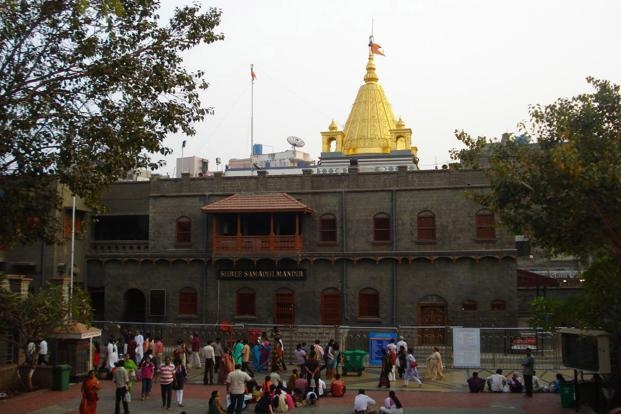
This page last updated 06 November 2019
This page first updated 7 March 2001
© Saieditor.com
![]()

